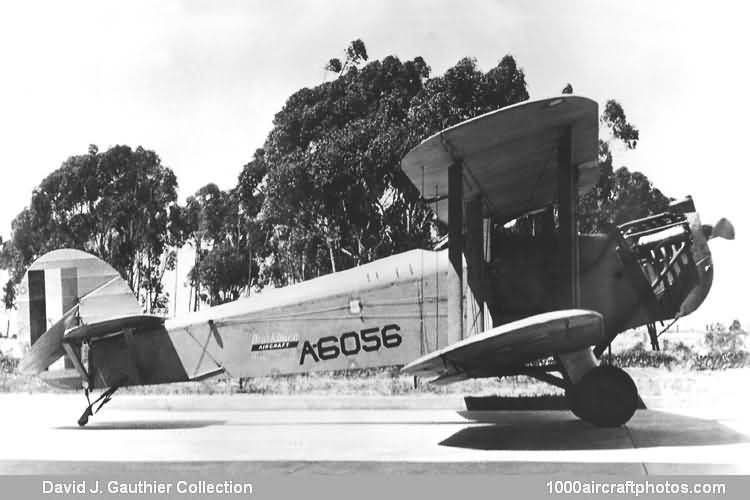07/31/2011. Remarks by Johan Visschedijk: "In common with most of the other firms making up the British aircraft manufacturing industry, the Blackburn Aeroplane and Motor Company soon found that its hopes of a bright post-war future were far from reaching fulfillment. The slump in aircraft orders was weathered fortuitously in the Olympia, Leeds, factory by production of various items, including car and motor-coach bodies.
Robert Blackburn was determined, however, that the firm should continue in business as manufacturers of aircraft, and accordingly decided to press ahead with a new private venture prototype in conjunction with Napier as supplier of the engine. A predilection for tackling the problems involved in producing successful naval aircraft had already made itself manifest, so that it was hardly surprising that the new project was a torpedo-carrying biplane.
Named the Swift, the machine adhered to the single-seat formula set by the same firm's earlier Blackburd and was designed and constructed in the short period of five months, only just in time to be displayed at the Aero Show held at Olympia, London in July, 1920, at which it had to appear without its controls and with a dummy radiator. The design was the work of Major F.A. Bumpus, and the engine selected as a basis for it was the reliable 450 hp Napier Lion IB twelve-cylinder liquid-cooled W-engine.
The prototype Swift was later given the civil registration G-EAVN for demonstration purposes before being bought by the Air Ministry six months afterwards in January, 1921, for testing at Martlesham with the serial N139.
Although its fuselage lines were still fairly austere, the Swift was a far handsomer aeroplane than its predecessor, the Blackburd. The two-bay, folding, equal-span wings were without sweepback, and the pilot was located in line with the trailing edge at a fairly high level, with the coaming before him sloping downwards for maximum visibility during carrier-deck-landing over the low-set Lion which was installed with pronounced upthrust.
As a matter of course, the landing gear was divided into two units to incorporate the 18 in (46 cm) torpedo. Composite construction was used in the Swift with steel tubing forming the fuselage, the central portion of which was specially designed as one particularly strong unit embodying the upper center section, the lower wing roots and the landing gear; the wings' structure was of normal wooden, two-spar type. Fabric constituted the Swift's covering medium.
One tricky technical hurdle which the Swift's design team had taken in its stride was that of providing a system of folding for staggered wings. The fitting of the Lion in the nose was hardly among the tidiest of installations, a lengthy exhaust pipe from each side bank of cylinders stretching downwards at an angle to pass under the lower wings, accompanied by a third long exhaust-from the central bank of cylinders-which was led along the starboard side of the fuselage.
About the neatest part of the entire engine arrangement lay in the clean mounting of the radiator and its shutters in the nose beneath the Lion. Various modifications made to the basic Swift design included the incorporation of sweepback in the main wing panels out¬board of the center section, and a revised tail unit and engine installation.
Success attended the Blackburn initiative and, although not ordered for the Fleet Air Arm, about twenty-five Swifts were built for overseas customers, two of which were bought by the USN for evaluation of the single-seat torpedo-carrier concept. Such an idea, however, did not appeal to the Americans, who continued to adhere for another twenty years to torpedoplanes with two or three crew members.
Elsewhere, including Great Britain, the Swift had made its mark, and the gamble of proceeding with it as a private venture had paid off in finally setting the Blackburn concern on its feet as specialist designers and constructors of naval aircraft for the next forty-five years.
The two USN examples received the BuNos. A-6056 and A-6057, and were used for tests at NAS Anacostia, Washington, District of Columbia, from October 1922 to March 1923. They were stored at NAS Philadelphia, Pennsylvania, till January 1924, when they were transferred to San Diego, California for experimental use.
On October 23, 1924, A-6056 had a minor accident and partially submerged in salt water, it was recovered and used for spares for A-6057; it was struck off charge on December 17, 1924. A-6057 was struck off charge at Navy Reserve Air Base Sand Point, Seattle, Washington, on March 10, 1925."
